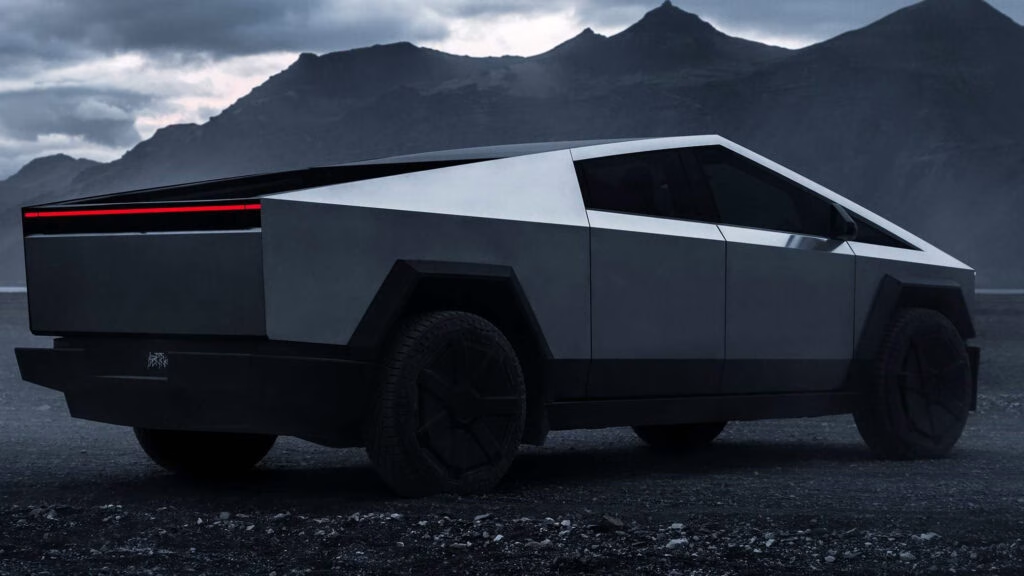What Caused the Fatal Tesla Cybertruck Crash in Texas?
The tragic crash involving Michael Sheehan and his Tesla Cybertruck has left many people searching for answers. Sheehan, a 47-year-old Texas resident, lost his life after his Cybertruck veered off the road, struck a culvert, and erupted in flames just seven miles from the Barn Whiskey Bar in Cypress. According to the lawsuit filed by his family, Sheehan had owned the vehicle for only 102 days before the accident. The circumstances are complex, with both the automaker and the bar now facing a wrongful death suit.
The family’s complaint, filed in Harris County District Court, alleges that Sheehan was over-served alcohol at the bar before getting behind the wheel. But the story doesn’t end there. They also claim the Cybertruck’s design and battery technology contributed to the tragedy, arguing that the vehicle’s features made escape impossible once the fire started.
Why Is Tesla Being Sued Over the Cybertruck’s Safety?
Tesla’s Cybertruck has been lauded for its futuristic design and, notably, its five-star safety rating from the National Highway Traffic Safety Administration (NHTSA). But Sheehan’s family believes that rating doesn’t tell the whole story. Their lawsuit points to several alleged defects: the battery cell chemistry, the design of the battery modules, and even the placement of the door handles.
Specifically, the complaint argues that the Cybertruck’s battery is “hyper volatile and susceptible to thermal runaway.” In plain English, that means the battery can catch fire and spread flames rapidly after a crash. The family claims safer battery chemistries are available—ones that would slow down fire propagation and give occupants more time to escape. They also highlight the difficulty of finding and operating the Cybertruck’s door handles in an emergency, a concern echoed in other incidents involving Tesla vehicles.
Is the Bar Also Responsible for the Crash?
The lawsuit doesn’t just target Tesla. The Barn Whiskey Bar is accused of serving Sheehan alcohol even after he was “clearly intoxicated.” According to the family, it was obvious to staff that Sheehan was a danger to himself and others, yet he was still allowed to leave and drive away. This falls under what’s known as dram shop liability—a legal principle holding bars accountable if they serve alcohol to visibly intoxicated patrons who then cause harm.
Cases like this are tough to prove, but they’re not unheard of. In Texas, bars can be held liable if it’s shown they knowingly over-served someone who later caused an accident. The family is seeking over $1 million in damages, hoping to hold both the bar and Tesla accountable for their roles in the tragedy.
How Common Are Electric Vehicle Fires After Crashes?
Electric vehicle fires, while dramatic, are statistically rare compared to gasoline car fires. According to data from the National Fire Protection Association, EVs are less likely to catch fire per mile driven than traditional vehicles. However, when EV fires do occur, they can be more intense and harder to extinguish, largely due to the nature of lithium-ion batteries.
Thermal runaway—a chain reaction that causes batteries to heat uncontrollably—can make EV fires spread rapidly. Experts at the National Transportation Safety Board (NTSB) have called for automakers to use battery chemistries that slow this process, giving occupants more time to escape. Tesla has defended its battery choices, citing rigorous safety testing and compliance with federal standards. Still, the debate continues, especially as more EVs hit the road.
Are There Known Issues With Cybertruck Door Handles or Emergency Egress?
The Cybertruck’s door handles have sparked controversy before. Unlike traditional handles, Tesla’s design relies on flush-mounted, electronic mechanisms. In emergencies, especially if the vehicle loses power or is engulfed in flames, these can be difficult to locate and operate. There have been previous reports—such as a fatal California crash—where witnesses claimed the doors wouldn’t open after a collision.
Automotive safety experts stress that quick egress is critical in post-crash scenarios, particularly when fire is involved. The Insurance Institute for Highway Safety (IIHS) has recommended that all vehicles, especially EVs, have clearly marked and easily accessible manual overrides for doors and windows. While Tesla’s vehicles meet federal safety standards, real-world incidents suggest there’s still room for improvement.
What Does This Lawsuit Mean for Tesla and Other Automakers?
This case is more than just a single tragedy—it’s a flashpoint in the ongoing debate about EV safety and corporate responsibility. Automakers are under increasing scrutiny as electric vehicles become mainstream. Lawsuits like this one push companies to re-examine their designs, especially when it comes to battery safety and emergency escape features.
For Tesla, the stakes are high. The company’s reputation for innovation is matched by its history of legal challenges and public scrutiny. If the court finds merit in the family’s claims, it could prompt changes not just at Tesla, but across the entire industry. Already, some manufacturers are exploring alternative battery chemistries and more intuitive emergency egress systems.
What Can Drivers and Passengers Do to Stay Safe in an EV?
While the odds of an EV fire are low, it pays to be prepared. Familiarize yourself with your vehicle’s emergency escape procedures—know where the manual door releases are and how to use them. If you’re ever in a crash, act quickly but calmly. And if you’re out drinking, don’t risk it—call a ride, even if you feel fine.
For those considering an EV, ask questions about battery safety and emergency features before you buy. Automakers are making strides, but informed consumers can drive change by demanding safer, smarter vehicles.
The big takeaway? EV safety isn’t about perfection—it’s about smarter adjustments. Start with one change this week, and you’ll likely spot the difference by month’s end.

